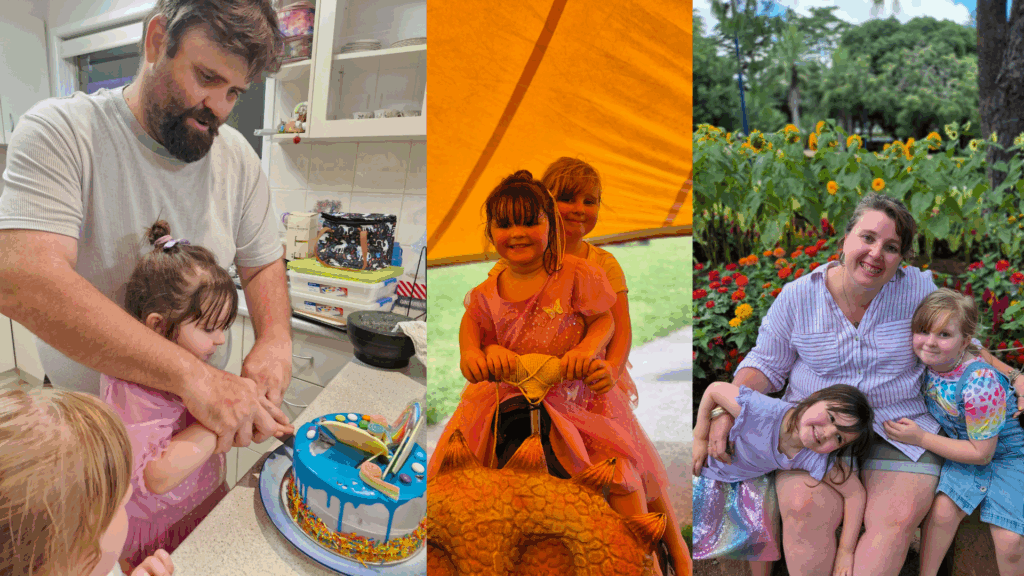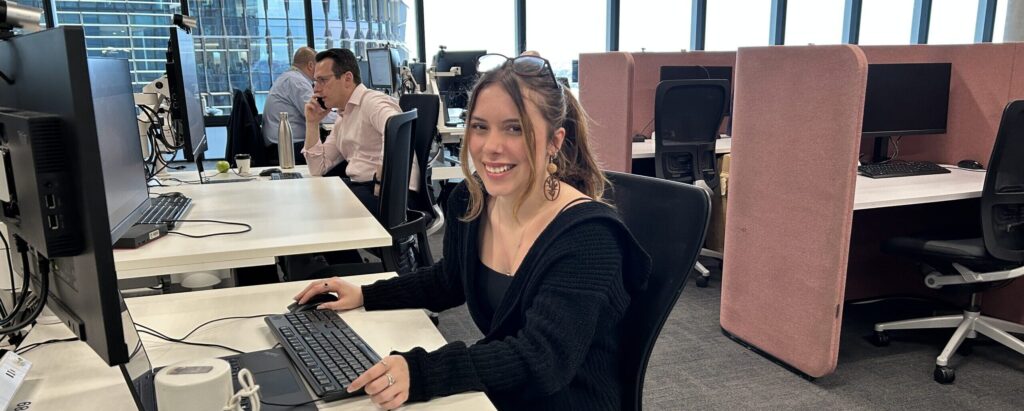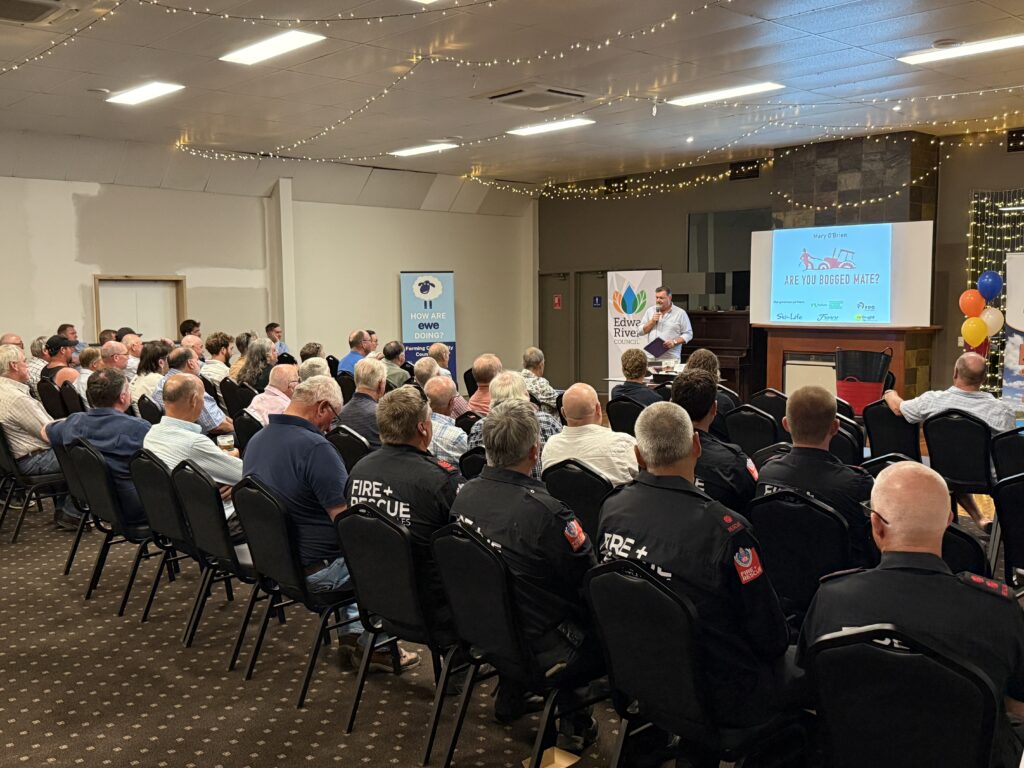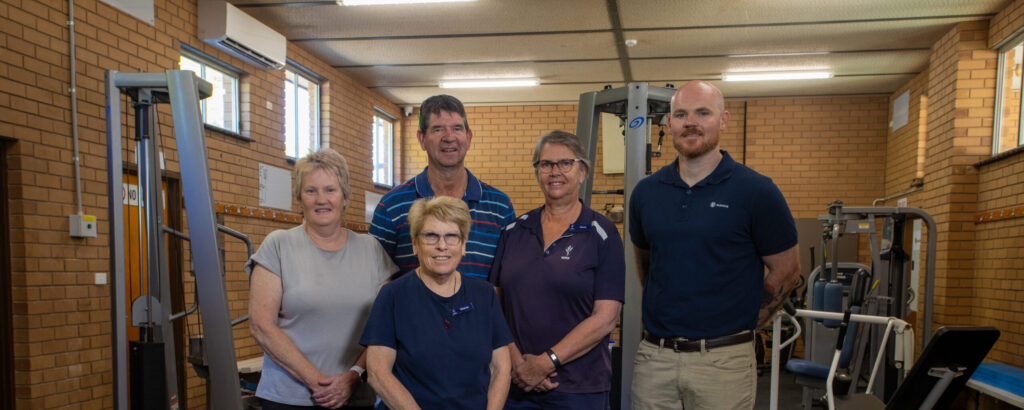For Justin Manns, a proud Aboriginal man from the Mandandanji people of south-west Queensland, the path to reconciliation begins with truth – and family.
Justin’s father was part of the Stolen Generations, taken from his family at 11 years of age. That experience sits at the heart of Justin’s story – one shaped by deep loss, but also resilience, pride and purpose.
“My dad had a big influence on how I see the world,” Justin says.
“He lost his mother young and was taken at a critical time in his life. The way he was treated during those years had a lasting impact on his health and spirit. But even through the pain, he brought our family together.
“Dad always said: “We’re Australian first – and from there, we should honour every part of our heritage.”
“He believed in bringing people together, not dividing them. That’s a value I carry with me every day – in my career, in how I parent, and in how I approach reconciliation,” he says.
Ancestral ties and the fight for recognition
Justin’s connection to reconciliation runs generations deep.
The Mandandanji people are the traditional custodians of the land in the Roma district – including Yuleba, Surat, Muckadilla, and the Balonne Rivers region.
The Mandandanji are also custodians of Bungil Creek – a site now recognised as a National Burial Ground.
Despite this deep and enduring history, achieving Native Title recognition has been a long and difficult journey.
“We’re recognised as Traditional Custodians,” Justin says, “but we’ve never been granted full Native Title.
“Dispossession has fragmented our territories. Entire portions of our land are missing – and without that evidence, full recognition is near impossible.”
For Justin, the reason is heartbreakingly simple: “It’s because the connection to land has been broken.”
“When pieces of our story are missing, the legal process becomes incredibly hard. A lot of people think Native Title is just a checkbox – in fact, it’s a long and complex journey.”
Still, Justin remains hopeful, and believes education is key to progress.
“Don’t be afraid to ask questions,” he says. “Ask what Native Title means and learn whose land you’re on. That understanding is vital to reconciliation.”

Living culture and identity
Justin’s history has also inspired him to rebuild what was lost.
His father spent years collecting stories, gathering research and recording videos – and now, Justin is continuing the work by piecing together his family’s history for his two daughters and future generations.
“I’ve got five containers filled with our Mandandanji histories. That’s all we’ve got. It’s my responsibility to piece it together, so my girls know where they come from.”
He says rebuilding culture and passing on identity is a central part of his parenting.
“Division weakens a country, but inclusion makes it strong. I want my girls to be proud of who they are – not just of their Indigenous heritage, but of the role they can play in making Australia more united.”
Reconciliation in the workplace
It’s a message Justin brings to his work, too.
His connection to the land led him to the agriculture industry, and his technical skills opened up a career in IT. At GrainCorp, he’s found a place where those worlds come together.
Reconciliation at GrainCorp is supported through both the company’s Innovate Reconciliation Action Plan (RAP) and its inclusion and Diversity Action Plan (iDAP) – recognising that real progress comes from building an inclusive culture at all levels of the business.
“Reconciliation and inclusion go hand in hand,” Justin says. “The iDAP helps make sure we’re not just ticking boxes – we’re creating a culture where people feel seen, heard and valued for who they are.”
Today, Justin is a driving force behind GrainCorp’s RAP Working Group and a passionate advocate for building genuine relationships between companies like GrainCorp, and Indigenous communities.
“Call your local land council, turn up with respect and maybe a coffee or cake. That’s how real relationships are built – with curiosity, humility and by asking questions.”



